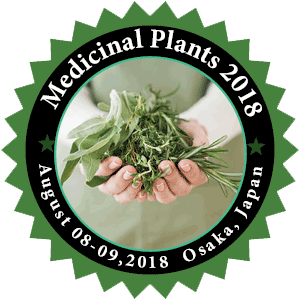Anh V. Le
University of Newcastle, Australia
Title: The microwave- and ultrasonic-assisted aqueous extraction of bioactive compounds from Gac (Momordica cochinchinensis S.) seeds
Biography
Biography: Anh V. Le
Abstract
Gac (Momordica cochinchinensis S.) seeds contain bioactive compounds with medicinal properties namely: trypsin inhibitors, saponins and phenolics. We hypothesised that microwave-assisted (MAE) and ultrasonic-assisted extraction (UAE) would be better than conventional aqueous extraction for recovering these bioactive compounds. The efficiency of extraction for the MAE and UAE techniques was also compared to other low alcohols solvents: methanol, 50% methanol, ethanol, 70% ethanol and water-saturated n-butanol.
Of all the methods, MAE achieved the highest extraction of phenolics (3.18 µg GAE g-1). Of the aqueous methods, MAE was also the best for saponins (19.04 mg AE g-1) but it did not improve the extraction of trypsin inhibitors, for which the conventional water extraction was the best (118.45 mg trypsin g-1). However, for saponins, water-saturated n-butanol and methanol extracts were the best overall (40.75 and 38.80 mg AE g-1, respectively). As a measure of antioxidant capacity, the ABTS assay gave highest value to MAE extract (23.92 µmol TE g-1) while the FRAP assay gave highest values to water-saturated butanol and 70% ethanol extracts (5.25 and 4.71 µmol TE g-1, respectively). UAE did not improve any extractions. Therefore, it is concluded that MAE was the best for extracting phenolics and the best aqueous method for extracting saponins while conventional extraction method was the best for extracting trypsin inhibitors in defatted Gac seeds.

